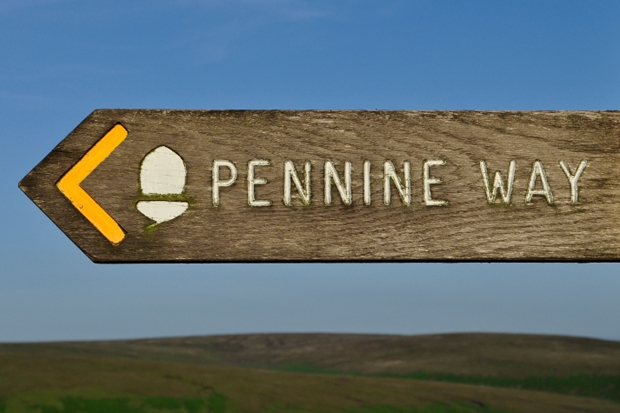Picture the map of Britain. Its strangely cadaverous shape, blobs of population and routes between them seem as familiar as our own faces; there is only one definitive map, surely? Not according to Joanne Parker, whose Britannia Obscura aims to tease out less corporeal cartography. Hers are not quite ‘maps of the mind’, for they exist as truly as a crisp new Ordnance Survey, but they are largely out of sight: above us, below us or otherwise in the shadows.
Each of her five chapters takes on a different map: of our cave and canal networks, overhead air routes and patterns of megalithic remains. These four are clearly real enough; the fifth, a map of ley lines, rather less certain. Yet they are all vague to most of us, and that is what interests Parker; like so many cartographers of old, she is hungry to map terra incognita.
Yesterday’s imperial African or Arctic derring-do is today’s hunt for cave systems suspected but yet to be proven, canals long vanished or earth energy lines that may not exist at all.
This desire to find places still metaphorically mapped as ‘Here Be Dragons’ is all the more urgent, Parker says, in today’s minutely measured, exhaustively surveilled Britain. A declared aim of the book is to remind us that the country is far more spacious, layered and interesting than the one ‘we know from road atlases’. It’s a good point, as are her thoughts on whether our east-west divide is greater than the notorious north-south one; the unfailing symbiosis of geology and wealth; and the highly blurred, even artificial, boundary between urban and rural. Boundaries stalk the subject of mapping, and while Parker states that she hopes ‘to argue that there is no one centre, no absolute peripheries, and no objective borders’, her evidence suggests otherwise.








Comments
Join the debate for just £1 a month
Be part of the conversation with other Spectator readers by getting your first three months for £3.
UNLOCK ACCESS Just £1 a monthAlready a subscriber? Log in